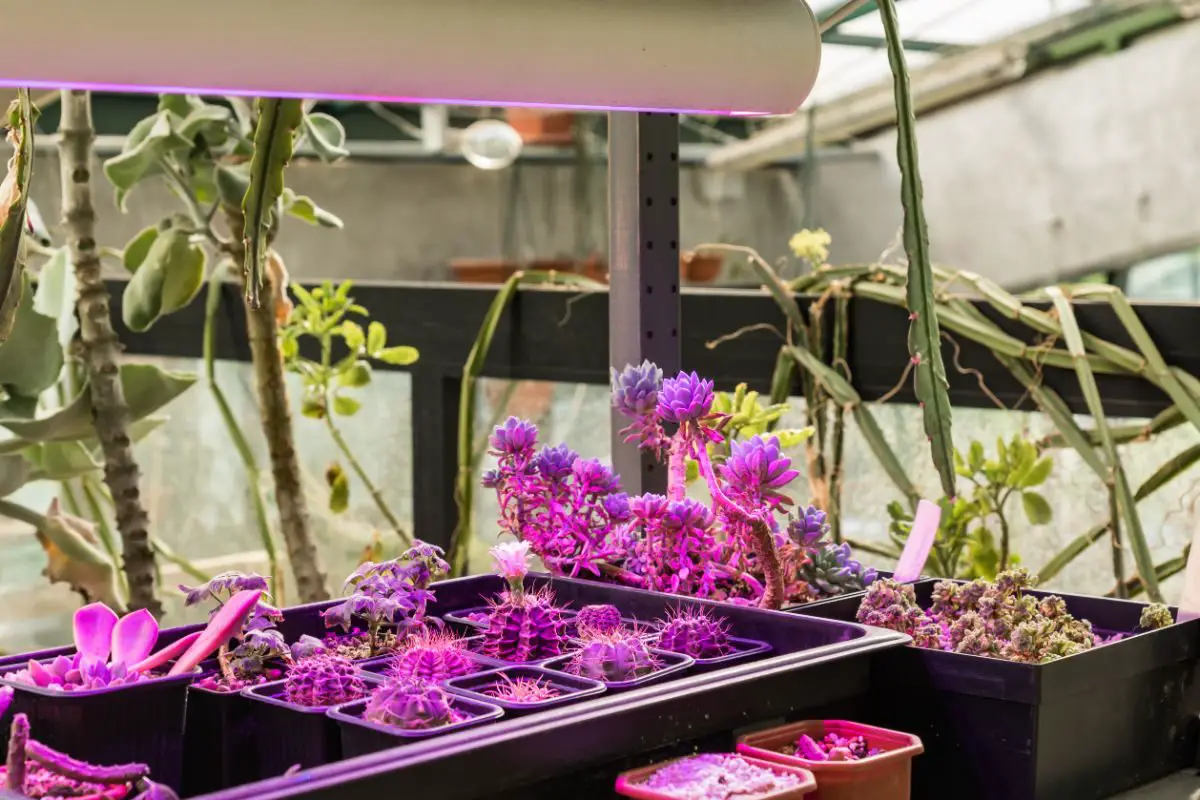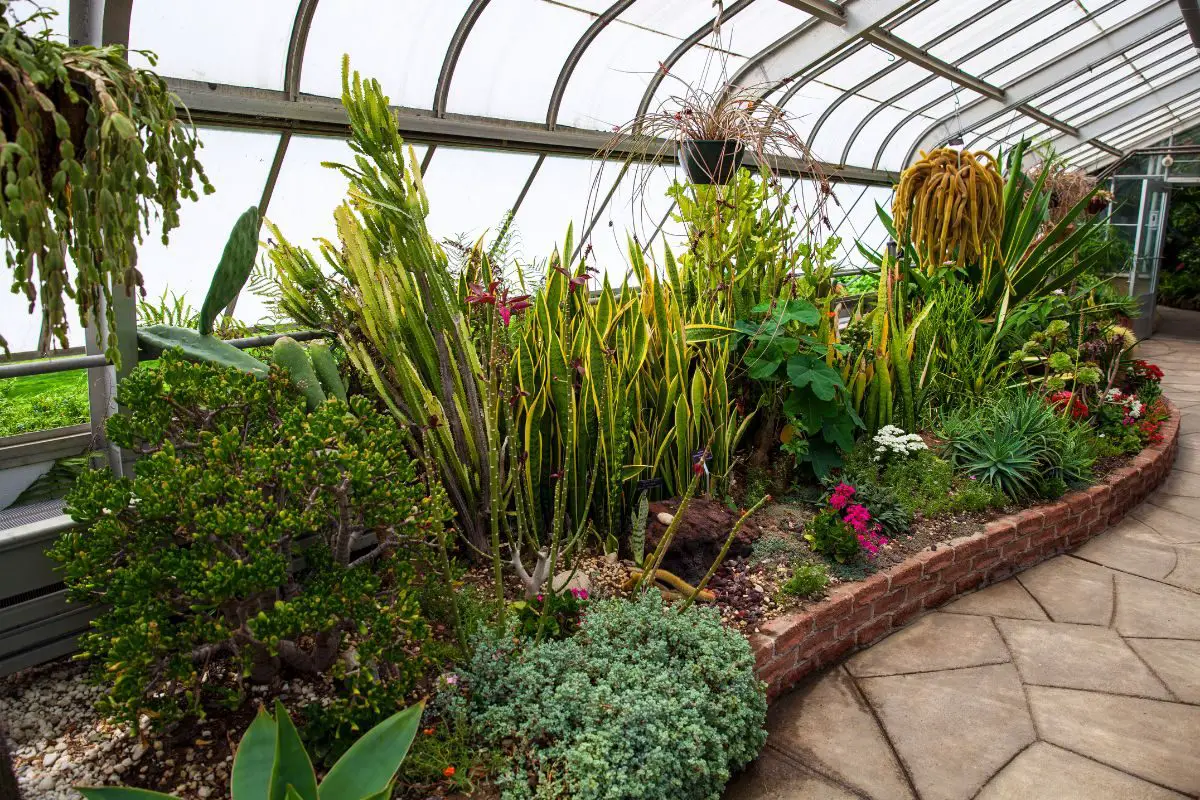It is a fact that if you are growing almost anything indoors, that you will need to use grow lights.
However, you can not just use any kind of lights, but you will need to be able to provide the specific type of light that your crops will need to boost their development in a healthy way that will end up with a great yield.
Something which you could have noticed throughout more recent years is that LEDs, or light emitting diodes, have increased massively in their popularity, especially amongst growers.
But, it is also likely that you have heard some bad experiences from those who use LED lights, and this can be pretty off putting if you have never used them before.
Some people recommend HID lights, or high intensity discharge lights, because they prefer them over LEDs.
After all, HID lights have been a popular choice for longer, and because of this there is much more information readily available about how you can use them successfully, so which is best?
Before going over the reasons why LED lights are and are not a good choice, let’s go over the history of these lights and how they work!
History Of LED Use For Growers
As we referenced in the introduction, LED lights have been used for a lot less time when compared to HID lights, and because of this, have still not been adopted by some people.
Part of the reason for this is that early LED grow lights were simply not that effective, and because this is still pretty recent for a lot of people, they still do not trust them to produce the amount of light needed to grow indoors.
However, since LED grow lights have now had more time to develop, we can better trust them, since they have been further optimized to help with growing.
So, why do they work, and why might some people still want to avoid them?
Why To Use LED Grow Lights?

There are substantial amounts of reasons to want to use LED grow lights over using HID lighting instead.
One of the main reasons for this is that they have unique benefits when compared to other lighting systems. And these are not minor advantages, and can make your growing significantly more efficient.
The efficiency of using LED grow lights is one aspect, but also the lower temperature, the longer lifespan, the wider spectrum of lights, and their size helps a lot as well, so let’s look at some of these aspects in greater detail.
As we have now repeatedly mentioned LED grow lights are more efficient than HID lighting, this means that you have to spend a lot less on your utility cost compared to using HID lighting.
If you grow for profit, this is a massive consideration when it comes to switching lighting systems.The cooler temperature of LED grow lights is also worth considering.
HID lighting systems have been known to be too hot, and this heat can damage the crops, and if you are growing in a more confined space, this can easily become a fire hazard.
You also get a lot more grow hours from a set of LED grow lights than you would HID ones since they just last longer.
While LED grow lights last for around 50,000 hours, HID lights tend to die between just 10,000 to 20,000 hours.
You are also getting a wider spectrum of energy when working with LED grow lights so you do not need to switch lighting systems for when your crops are at different stages in their growth cycle.
LED grow lights also take up a lot less space, partially because of their size, and partially because of the lack of heat they produce.
In certain districts you can get state rebates for using LED grow lights instead of HID grow lights.
Why To Not Use LED Grow Lights?

While the list of reasons to use LED grow lights is significant and worth considering, this does not mean that we should overlook the downsides of using LED grow lights as well.
The main considerations to make are; the decrease in power you get from a HID grow light system, the use of blue lights, the initial investment, the chance of light burn, and the lack of any standardized specifications currently available.
This lower power was mentioned earlier, but you will simply get more intense power from a HID light system and this will usually better nourish your plants than not using one.
And, while using blue lights on your crops is usually good for them, it is bad for you, and your retinas, so you will need to limit your exposure as part of a risk assessment.
The main drawback when compared to a HID light system is that LED grow lights cost a lot as an initial investment when compared to HID lights.
Of course, you will save money on replacements in the long run, however, the initial cost is significantly higher and this can be seen as a downside!
Your crops could also face light bleaching on your crops when using LED grow lights, and this could turn your crops yellow, and then white making them lose their natural color.
This of course depends on the crop you are growing, but keep it in mind. Also, the lack of specifications compared to HID lights can make the process of buying them a bit more awkward than it needs to be!
Summary
Hopefully this guide has given you more information on how LED grow lights work, and why they can be used as an alternative to HID grow lights.
Our top advice is to look at the specific benefits and drawbacks that come with using these lights on what you specifically are growing.
If you see what is popular and why, then you can further understand what will be better for you.
Both have their strengths and weaknesses, but knowing how they affect you directly is most important when growing plants!
